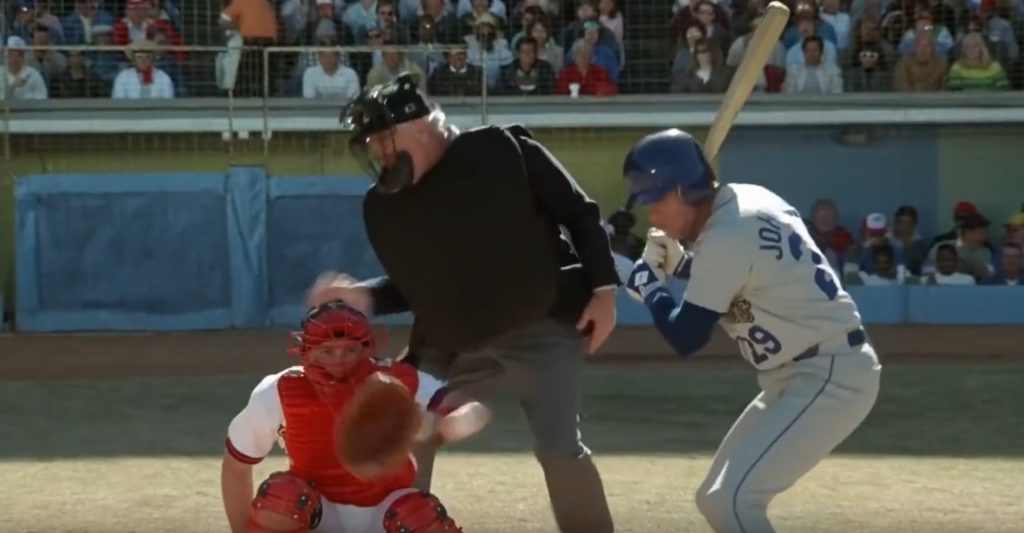The Supreme Court is the Hyper-Partisan Executive Committee of a Minority Faction Party

If all those legal academics shocked to discover that the Easter Bunny doesn’t exist and astrology isn’t predictive leave a bad taste in your mouth, it’s encouraging to see this in an establishment editorial:
The actual cause of its historic unpopularity is no secret. Over the past several years, the court has been transformed into a judicial arm of the Republican Party. This project was taking shape more quietly for decades, but it shifted into high gear in 2016, when Justice Antonin Scalia died and Senate Republicans refused to let Barack Obama choose his successor, obliterating the practice of deferring to presidents to fill vacancies on the court. Within four years, the court had a 6-to-3 right-wing supermajority, supercharging the Republican appointees’ efforts to discard the traditions and processes that have allowed the court to appear fair and nonpartisan.
As a result, the court’s legitimacy has been squandered in the service of partisan victories. The Dobbs decision in June, which overturned Roe v. Wade, eliminated American women’s constitutional right to control their own bodies and was a priority of the Republican Party for decades, is only the most glaring example. In cases involving money in politics, partisan gerrymandering and multiple suits challenging the Voting Rights Act, the court has ruled in ways that make it easier for Republicans and harder for Democrats to win elections. In 2018, the court ruled that public sector labor unions violated the First Amendment rights of nonmembers by requiring them to pay fees to support the unions’ work bargaining on their behalf, after decades of rulings in which the court had found the opposite to be true. That ruling further weakened organized labor, another Republican goal.
For most of the court’s history, it was difficult to predict how a case would turn out based on the party of the president who nominated the justices. Even into the 21st century, as the country grew more polarized, the court’s rulings remained largely in line with the views of the average American voter. That is no longer the case. The court’s rulings are now in line with the views of the average Republican voter.
Given the current institutional and partisan configurations, a solution to this is likely to be a pretty long time coming. But there can’t be a solution until you admit you have a problem.


